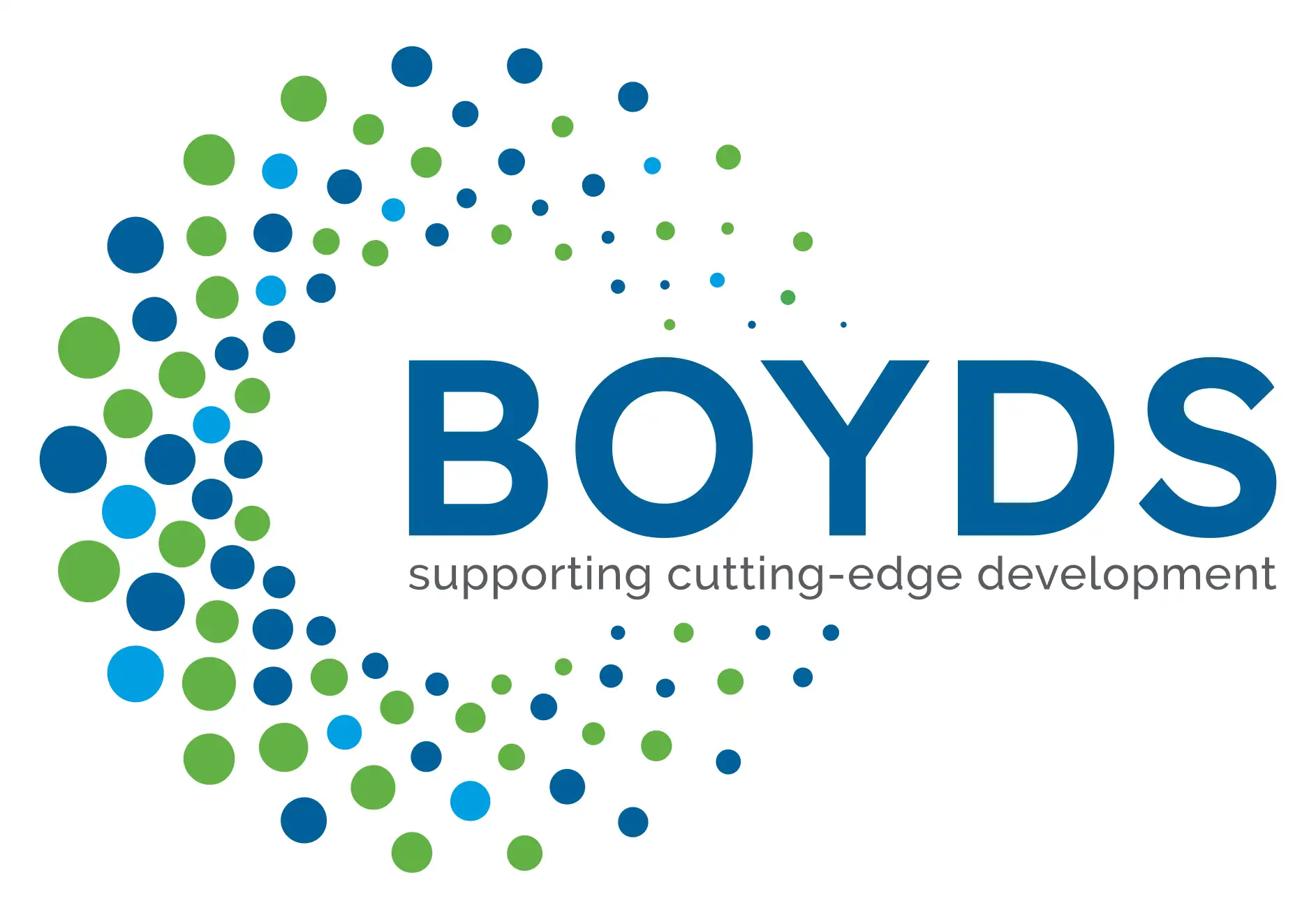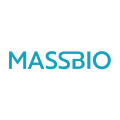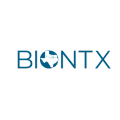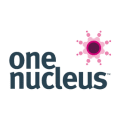European researchers take nanotech-based therapies (nanomedicine) from the lab to the clinic
- With more than 50 nanomedicine formulations already in the market and over 400 currently in clinical trials1, regulation for this class of medicines is set to become more streamlined.
- Several European research and innovation projects are developing nanomedicines in diverse areas with unmet medical needs, such as Cupido (cardiovascular disease), B-Smart (neurodegenerative disorders), Smart-4-Fabry (Fabry disease) or New Deal (inflammatory bowel disease).
- During the virtual meeting “Translational issues in nanomedicine”, organised by New Deal as part of ETPN2020 conference, global experts in biotechnology and pharmacology have stressed the unique versatility of nanomedicines compared to conventional drugs.
Nanoparticles offer a promising way to deliver new drugs and an opportunity to revamp old treatments by improving their safety and efficacy. This month, Professor Alan Boyd joined scientists and regulatory experts from the fields of biotechnology and pharmacology to come together at the European Technology Platform on Nanomedicine Conference (ETPN2020, 14-15 Oct) and discuss the translation of nanotech-based therapies from the bench to the bedside.
These disruptive medical technologies normally combine a drug with a nanoparticle carrier that can range in diameter from 1 to 100 nanometres, which means even the biggest ones are about one thousand times smaller than a human cell. Crucially, the chemical and geometric properties of nanoparticles can be tuned to encapsulate medical compounds and carry them through the body to their place of action. Instead of flooding the gut or the bloodstream with medicine, this allows for more precise targeting and controlled release of the drug, even when it’s taken inside a pill.
“The world is changing. Now, around 80% of all medicines in development are biologicals, and delivery to the required site of action is usually a problem for biologicals. This is where nanomedicine could help. It’s all about location, location, location,” said Prof Alan Boyd of the New Deal project, who acted as co-Chair of the Workshop “Translational issues in Nanomedicine”.
Nanomedicines present unique regulatory challenges because there are few specific guidelines for bringing this class of therapeutics to the market. However, as more nano-formulated drugs become available, experts agree that demonstrating safety, quality and efficacy to regulators will become more straightforward. According to a recent review published in the Journal of Controlled Release1, nanomedicines are already starting to break into the mainstream, as there are more than 50 nanomedicine formulations available as prescription medicines and over 400 currently under development in clinical trials.
Above all else, nanomedicines offer a great versatility to answer unmet medical needs, as they can deliver drugs, novel or existing, effectively to different organs or tissues of choice across a wide spectrum of diseases.
Just as the New Deal project is developing a nano-formulated RNA based therapy to treat inflammatory bowel disease, several other European projects — using very different compounds to treat very different ailments — have all turned to nanoparticles for drug delivery. These include the Cupido project, developing inhalable nanoparticles to treat cardiovascular disease, the B-Smart project, centred on delivering drugs to the brain to treat neurodegenerative disorders, and the Smart-4-Fabry disease, which is applying nanotech to treat the rare Fabry disease.
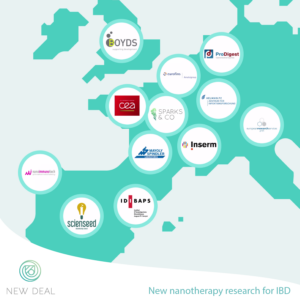 About the New Deal project
About the New Deal project
Boyds is proud to be part of the New Deal, a European Research and innovation project, funded by the European Union, that brings together IBD clinical experts, scientists and companies to develop a new therapy for inflammatory bowel disease (IBD). IBD is an umbrella term that includes ulcerative colitis and Crohn’s disease. An estimated 2.5–3 million people in Europe suffer one of these diseases. They are characterised by bowel inflammation, which happens when the cells of the immune system react against the intestine components.
New Deal’s therapeutics are small molecules of genetic material, called siRNAs, designed to reduce the activity of two proteins that cause inflammation, JAK1 and JAK3. To avoid body-wide side effects, New Deal researchers are developing smart polymer-based microcapsules to package and protect the siRNAs and control their release specifically inside the intestine.
New Deal’s goal is to provide Regulatory Agencies with solid preclinical proof-of-concept data that would open the door to start human trials. Altogether, the goal of New Deal Project is to promote the translation of this novel treatment to the clinic and the industry by evaluating its efficacy and safety at the late preclinical stage.
To find out more visit www.newdeal-project.eu or follow on twitter @NewDealEU.
